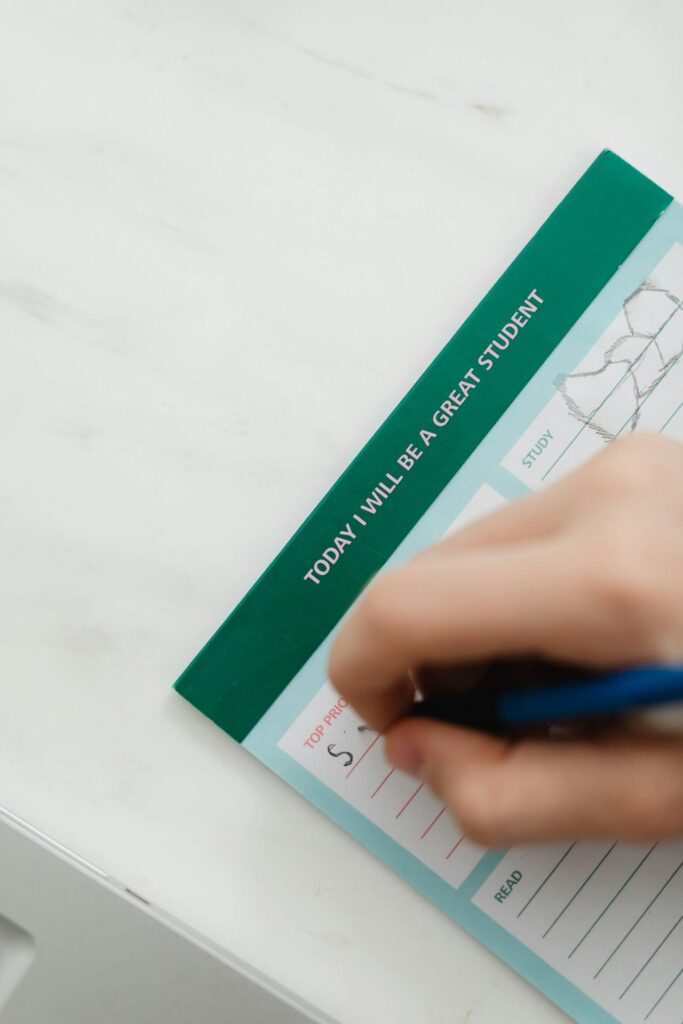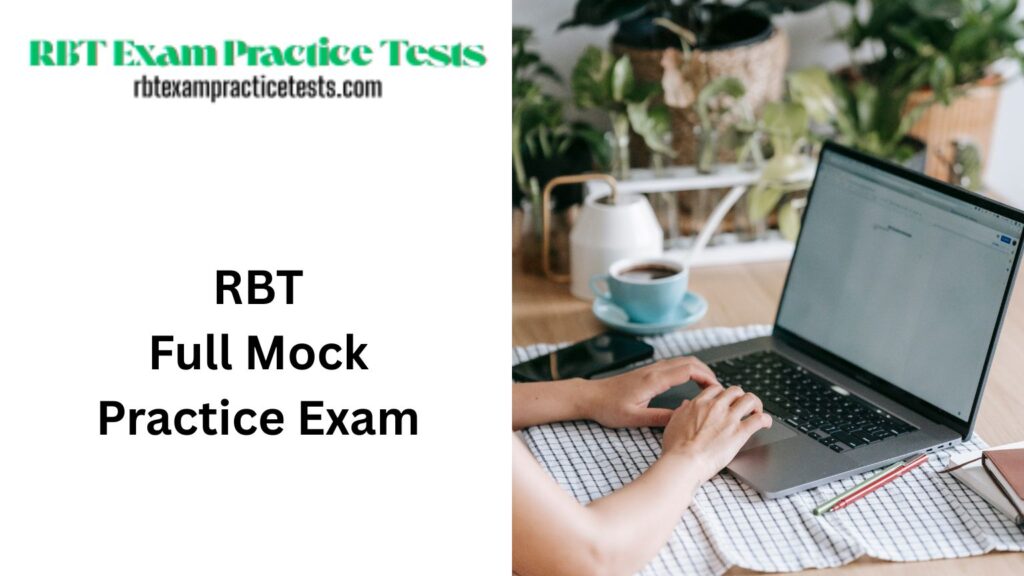Becoming a Registered Behavior Technician (RBT) is an exciting step toward a rewarding career in applied behavior analysis (ABA). The RBT exam, administered by the Behavior Analyst Certification Board (BACB), tests your knowledge and skills to ensure you are ready to work with clients under the supervision of a Board Certified Behavior Analyst (BCBA).
Passing this exam requires preparation, focus, and a clear strategy. In this guide, I will walk you through practical steps to help you succeed on the RBT exam while keeping things approachable and encouraging. Let’s dive in.
Understand the RBT Exam Structure
First things first, knowing what you are up against can make all the difference. The RBT exam is a multiple-choice test with 85 questions, 75 of which are scored, and 10 are unscored pilot questions. You will have 90 minutes to complete it. The questions are based on the RBT Task List, which outlines the core competencies you need to master. These include areas like measurement, assessment, skill acquisition, behavior reduction, documentation, and professional conduct.

Familiarizing yourself with the task list is a great starting point. You can find it on the BACB website, and I recommend printing it out or keeping it handy as a checklist while you study. Each section of the task list corresponds to real-world tasks you will perform as an RBT, so think of it as a roadmap for what you need to know.
Understanding the structure also helps you manage your time during the exam. With about one minute per question, you will want to stay focused and avoid getting stuck on any single question.
Build a Solid Study Plan
Creating a study plan is like setting up a game plan for success. Start by assessing how much time you have before your exam date. Ideally, give yourself at least six to eight weeks to prepare, though you can adjust this based on your schedule and prior knowledge. Break your study time into manageable chunks, focusing on one or two sections of the RBT Task List each week.

For example, dedicate one week to measurement and data collection, another to behavior reduction strategies, and so on. Set aside specific times each day for studying, even if it is just 30 minutes to an hour. Consistency is key. I find that studying in short, focused bursts works better than cramming for hours. If you are juggling work or other responsibilities, try studying in the morning when your mind is fresh or during quiet evenings.
Make sure your plan includes a mix of learning methods. Reading textbooks or study guides is great, but pair that with practice questions, flashcards, or even teaching concepts to a friend. Explaining terms like “positive reinforcement” or “ABC data” out loud can help solidify your understanding. If you are part of a study group, even better. Discussing concepts with others can make them stick.
Use High-Quality Study Resources
The right resources can make or break your preparation. Start with the BACB’s RBT Task List and the RBT Candidate Handbook, both available for free on their website. These outline exactly what you need to know and the exam’s rules. From there, invest in a reputable RBT study guide or online course. Books like The RBT Book by Yendri Diaz or Behavior Technician Study Guide by Natasha Wescoat are popular choices among aspiring RBTs.

Online platforms like Quizlet offer flashcards for key terms, which are perfect for quick reviews. You can also find mock exams in our website. These simulate the real test environment, helping you get comfortable with the format and timing. If you prefer video-based learning, YouTube channels like Behavior Analyst Supervisor have free content explaining ABA concepts in simple terms.
One tip: steer clear of outdated materials. The BACB updates the RBT Task List periodically, so make sure your resources align with the current version (as of 2025, check the BACB website for the latest). When in doubt, cross-reference with the official task list to ensure you are studying the right topics.
Master Key ABA Concepts
The RBT exam tests your understanding of applied behavior analysis principles, so let’s talk about some must-know concepts. You will need to be fluent in terms like reinforcement, punishment, prompting, and extinction. For example, reinforcement increases the likelihood of a behavior, while punishment decreases it. Positive reinforcement adds something pleasant (like praise), while negative reinforcement removes something unpleasant (like turning off a loud noise).

Get comfortable with data collection methods, too. You will need to know how to measure behaviors using frequency, duration, latency, and inter-response time. Practice identifying these in real-world scenarios. For instance, if a child completes a task after a prompt, how would you record that? What type of data are you collecting?
Another big area is behavior intervention plans. You should understand how to implement strategies like differential reinforcement or functional communication training. If these terms sound overwhelming, break them down. Ask yourself: What is the goal of this strategy? How would I explain it to a parent or colleague? Simplifying complex ideas in your own words builds confidence.
Practice with Mock Exams
Taking practice tests is one of the best ways to prepare. They help you gauge your knowledge, identify weak spots, and get used to the exam’s format. Aim to take at least three to five full-length practice exams before the real thing. Time yourself to mimic the 90-minute limit, and review every question you get wrong. Understanding why you missed a question is just as important as getting it right.

When practicing, pay attention to how questions are worded. The RBT exam often uses scenario-based questions, like “A client engages in tantrums when asked to clean up. What is the best intervention?” You will need to apply your knowledge to choose the correct answer. If you are unsure, eliminate obviously wrong options to narrow it down. This strategy can boost your chances even when you are not 100% certain.
Focus on Professional Conduct and Ethics
As an RBT, you will work closely with clients, families, and BCBAs, so the exam includes questions on professional conduct and ethics. Study the BACB’s RBT Ethics Code, which covers topics like maintaining client dignity, confidentiality, and professional boundaries. For example, you should never share a client’s personal information or engage in dual relationships (like becoming friends with a client’s family).
Ethics questions can be tricky because they often involve gray areas. Practice applying the code to hypothetical situations. If a parent asks you to diagnose their child, how would you respond? (Hint: RBTs do not diagnose; that is the BCBA’s role.) Understanding your scope of practice is critical.
Take Care of Yourself Before the Exam
The days leading up to the exam are just as important as your study sessions. Get plenty of sleep, eat well, and stay hydrated. I know it is tempting to pull an all-nighter, but a rested brain performs better. The night before, review key terms or flashcards lightly, but avoid heavy studying. You want to feel calm and confident, not frazzled.
On test day, arrive early to the testing center (or log in early for online exams). Bring any required materials, like identification, and double-check the BACB’s testing guidelines. If you feel nervous, take slow, deep breaths to stay grounded. You have prepared for this, and you are ready.
During the Exam: Stay Calm and Strategic
When you start the exam, read each question carefully. If a question stumps you, mark it and move on. You can come back to it later. Use the process of elimination for tough questions, and trust your preparation. If you finish early, review your answers, but avoid second-guessing yourself too much.
One common pitfall is overthinking scenario questions. Stick to the information provided, and do not assume details that are not there. For example, if a question describes a behavior but does not mention a specific intervention, choose the most evidence-based option based on ABA principles.
After the Exam: What’s Next?
Once you complete the exam, take a moment to celebrate your hard work. Results are typically available immediately for computer-based tests, but check the BACB’s guidelines for specifics. If you pass, congratulations! You are now an RBT, ready to make a difference in clients’ lives. If you do not pass, do not lose heart. Review your score report to identify weak areas, adjust your study plan, and try again. Many successful RBTs take the exam more than once.
Conclusion
Preparing for the RBT exam can feel daunting, but with a clear plan, quality resources, and a positive mindset, you can pass with flying colors. Break your preparation into manageable steps, practice regularly, and take care of yourself along the way. Becoming an RBT is not just about passing a test; it is about building the skills to help individuals with autism and other developmental disabilities thrive. Keep that purpose in mind, and approach your studies with confidence. You are on your way to an incredibly rewarding career. Good luck!
